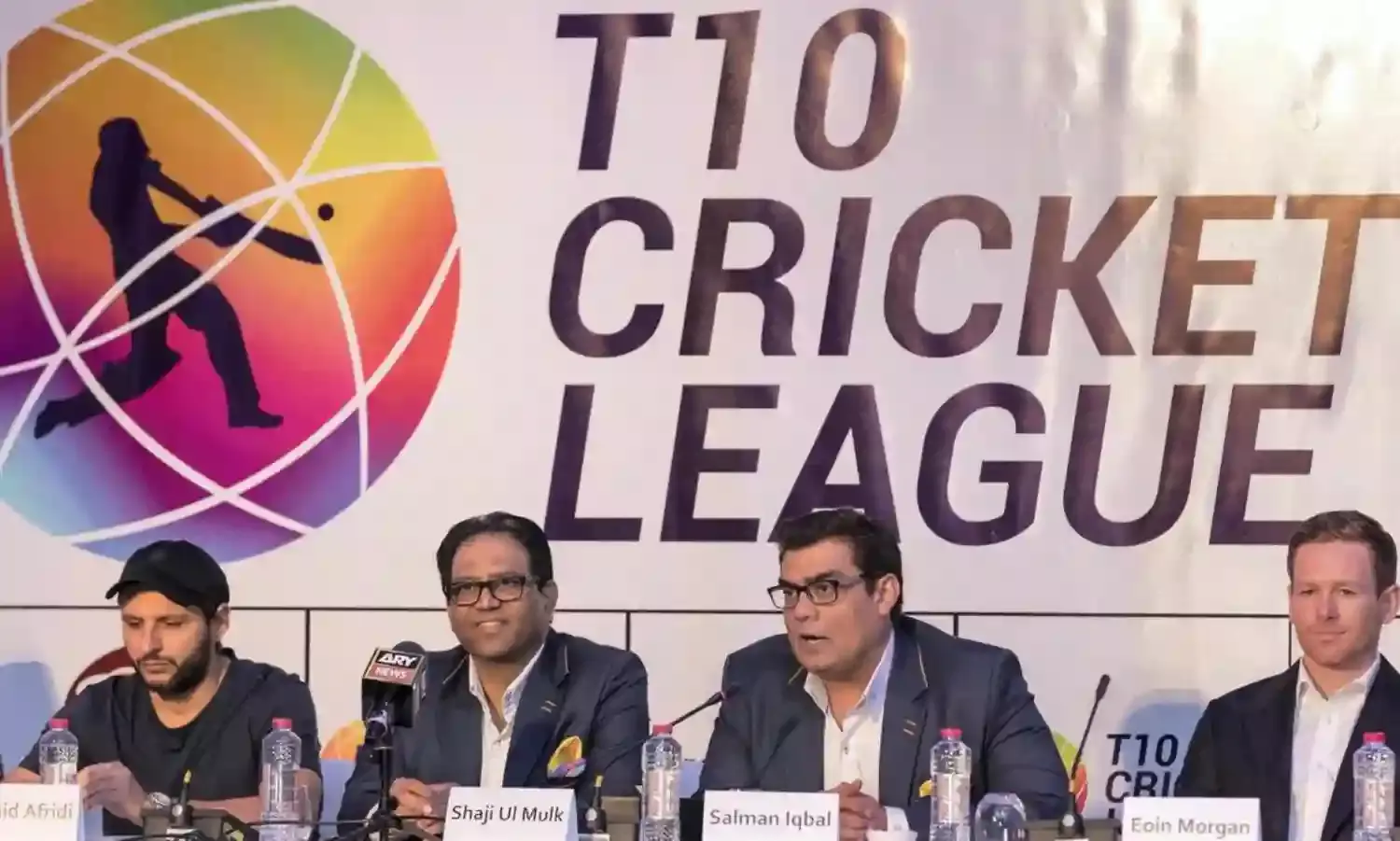Will T10 Spread Its Wings Globally?
The future of T10 cricket

Once T-20 cricket made its appearance and became immensely popular it was only a matter of time before T-10 made an appearance. And now that it has in the UAE where the third edition of the T-10 league has just concluded there is little doubt that the format is already popular going by the crowds that have thronged the stadium in Abu Dhabi. The question now is where to draw the line on abbreviated forms of the sport. Should five over matches be the next logical step?
Whether cricket comes to that one can never tell with any certainty but the fact remains that that success of the T-10 league has prompted those responsible for conducting the UAE event to look ahead for an international expansion and that was always going to be the next inevitable step.
The ICC-sanctioned event currently operates with the approval of the Emirates Cricket Board and the authorities are clear that the game’s newest and shortest format will only exist in commercially viable markets, where it is held with the collaboration of the respective national boards. They have spoken favourably of the USA, England and South Africa as potential markets. The USA, in particular can benefit from the infiltration of the league, which can help in the growth of the sport in the country. But one cannot rule out Australia as another potential market given the popularity of the short formats in that country. It must not be forgotten that Australia played a pioneering role in popularizing both ODIs and T-20 cricket.
The introduction of T-10 does raise questions of cricket’s desire for easily digestible versions for the masses. Where will this dilution end? At what point do we say enough is enough? This question was asked when T-20 made its appearance and it is no surprise that it is being raised again regarding T-10. That of course should not mean that T-10 will not spread globally or become as popular as T-20. Indeed once it gains global momentum perhaps we will see the inaugural edition of the T-10 World Cup.
Yes, there will be question marks over the validity of such shrunken cricket but I don’t think it will fail to win legitimacy and acceptance by the masses who increasingly are looking for ''cricketainment’’ – the phrase coined by the IPL and being used in the UAE. And if T-10 is played between countries then the competition will gain further acceptance.
The format may have its detractors but so did ODIs and T-20 when they were first played. The first was dismissed as ''pyjama cricket’’ and the second was ''slam bang cricket’’. Over time they have come to be accepted even as competitions which involve skill and matters of strategy and tactics. If in T-20 the margin for error is very small one can imagine what it will be in T-10.
Nepal legspinner Sandeep Lamichhane who took part in last year’s tournament has expressed the view that T-10 is proving to be a new challenge demanding greater skill in implementing every one of the variations. ''You have to make every plan very quickly in T-10 and you have to be more aware than T-20," he is quoted to have said. "It is really hard to combine all the things from planning to then implement them.’’ England allrounder Liam Dawson who is another who has had to adapt, explains how alterations in pace are aiding his T-10 game. ''Each ball of the maximum two overs a bowler can send down is treated essentially as a death over,’’ as he puts it.
The players themselves are hugely enjoying the challenges and popularity of T-10 cricket. Playing with freedom has brought the best out of batsmen in particular and the fun they are having on the pitch has certainly infiltrated the supporters in the stands. The competitiveness though was fierce and initial indications are that T-10 is here to stay and even spread its wings.



